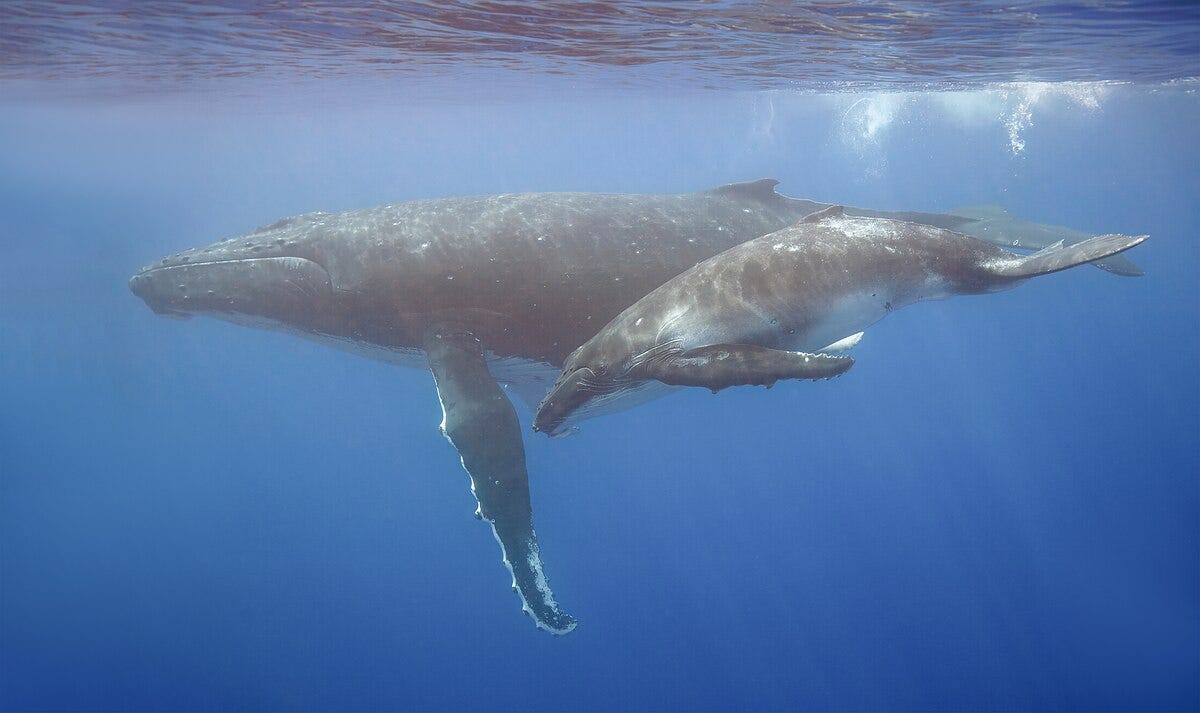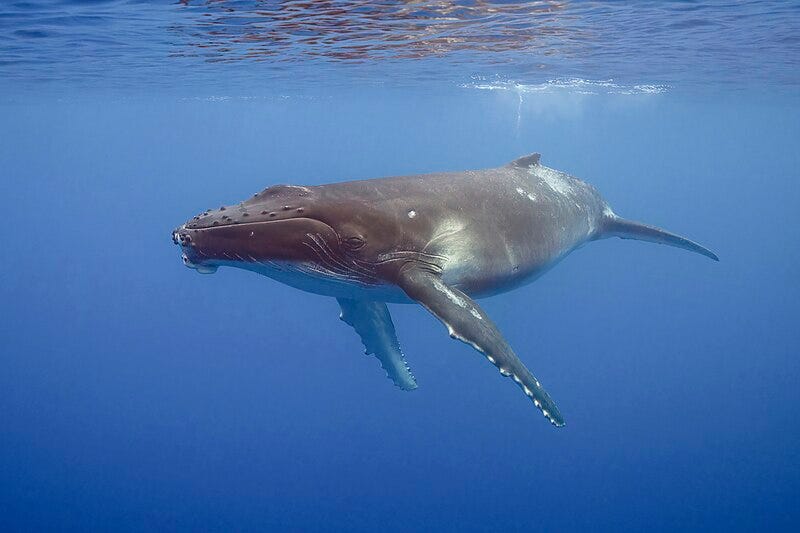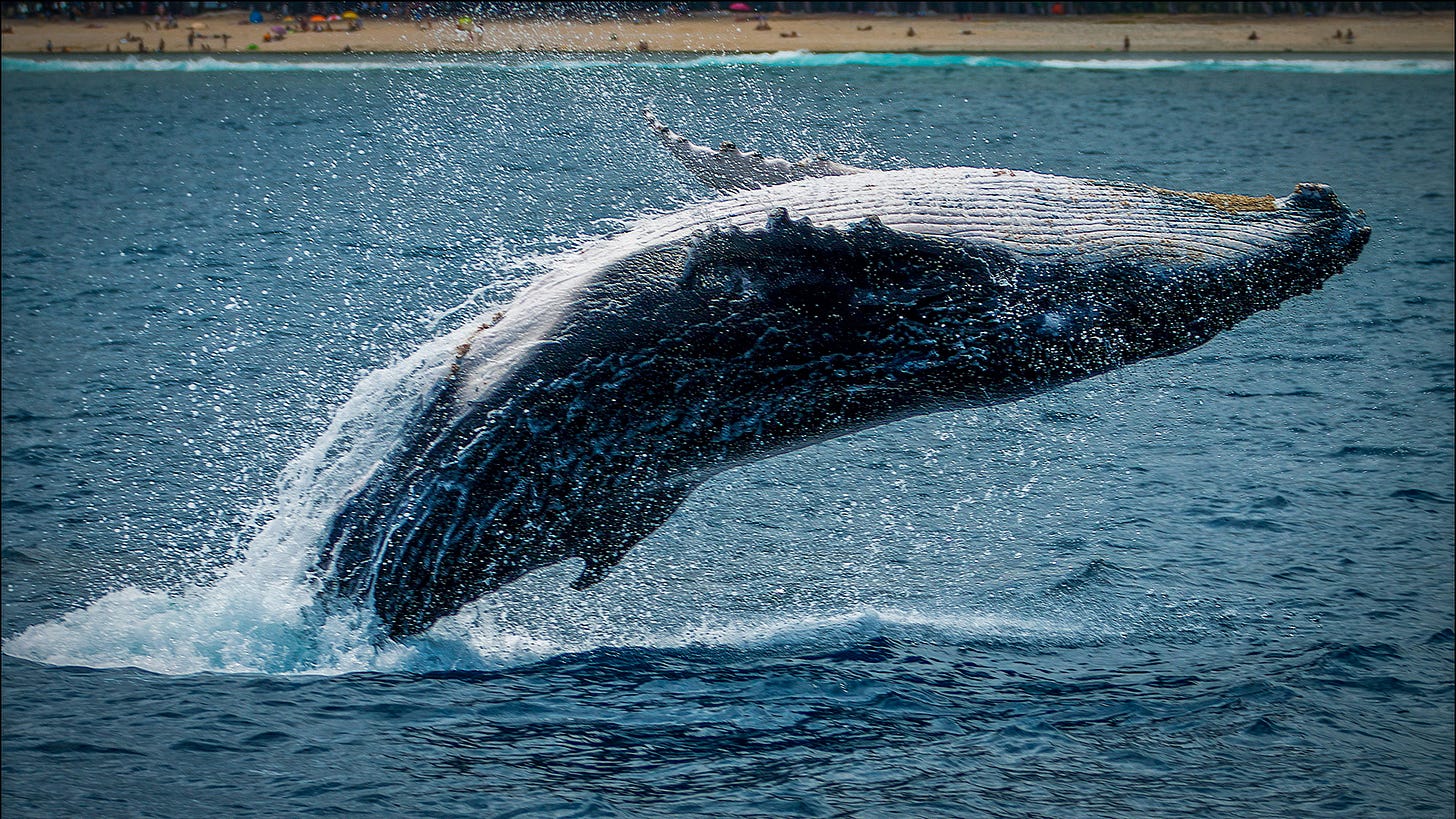
Do you know about Zipf’s Law? I had never heard of it, so I looked it up: it belongs to the part of mathematics that concerns itself with probabilities and statistics and is named after the American linguist and philologist George Kingsley Zipf (1902 - 1950), who taught at Harvard University. He discovered a strange correlation between the words in a language, namely “that the frequencies f of certain events are inversely proportional to their rank r.”1 It means that the most common word in a given language will occur twice as often as the next frequent word, three times as often as the next common word, and four times as often as the next, and so on, following this power law for a surprisingly long time. For example, the word the is the most frequently occurring word; in a document of ca. 1,000,000 words it appears about 70,000 times. The next frequent word is of and shows up about 36,000 times. The next common word, and, occurs approximately 28,000 times.

Zipf’s Law holds for most languages, but also for city populations, income distribution, and other statistics.

What surprised researchers who studied the songs of humpback whales is the fact that they followed the same patterns as human languages; whale songs follow Zipf’s Law. Just like humans, whales use short sounds much more often than longer, more complex ones. Researchers classify this as culturally transmitted behavior, something that only humans were capable of – or so they thought.
Video above: from The Guardian, 6 Feb. 2025
Oh dear. Humans can be so snobbish, arrogant even. Why should animals not be capable of complex behavioral patterns? Why can’t the patterns of animals communicating with their kids and friends be similar to those of humans? Especially when you consider that Zipf’s Law, the pattern followed by almost all human languages, makes it easier for infants to learn their respective language. Babies discover words in speech because of its recurring parts which follow a particular pattern. Zipf’s Law is also known as the Principle of Least Effort, which basically means that humans try to simplify their speech in order to spend as little effort as possible. “God be with you” becomes “Goodbye”, “mathematics” becomes “math”, and “going to” becomes “gonna”. Chances are that other creatures developed similar patterns, I’d think.
Listen: Whale Song Recording (2017), The Conversation
Well, the interdisciplinary collaboration between marine biologists, linguists, and other scientists has discovered language-like properties and complex communication in at least one non-human species, the humpback whales.2

They’re such formidable, majestic, awe-inspiring beings – let’s take a closer look. They belong to the baleen whale species which means that they don’t have teeth but rows of up to 400 long, triangular plates hanging down from the roof of the mouth. They’re made of keratin, like hair or fingernails or hooves. When a whale opens their mouth they ingest an enormous amount of water filled with tiny crustaceans called krill, small fish, and plankton. Then they close the mouth and squeeze the water out through the sides, and the baleen catches all the little critters. A grown-up whale needs to eat about 3,000 LB of food every day! That’s because they belong to the largest and heaviest animals on Earth. While not as big as the blue whale who can reach 98 feet and weigh up to 199 tons, humpback whales are about 45 - 60 feet long and weigh around 40 tons. Adult females can be 3 - 4 feet longer than males.

They’re migrating animals and travel up to 5,000 miles twice each year: they spend the winter in polar waters where they feed and fatten up. Then they swim to warmer, tropical waters to mate, socialize, and care for their young. That’s when the male humpbacks are particularly vocal. While both males and females sing, only the males sing the especially long songs that can last for up to 20 minutes. Some Humpbacks have been known to sing non-stop for over 24 hours! Do they sing lullabies to their newborn offspring? Do they serenade potential partners? So far, scientists haven’t been able to discover the reason for whale songs.
Actually, the scientists who discovered the culturally transmitted patterns in whale communication which is similar to human language (both following Zipf’s Law), are reluctant to assign any meaning to the word-like sequences of whale songs. While being complex and expressive, they’re more comparable to music than to language. According to Simon Kirby, Professor of Language Evolution at the University of Edinburgh, a member of the research team, the importance of their discovery has to do with the fact that both human language and whale songs are learned. Both are culturally transmitted over multiple generations, that’s why they have a statistical structure (You can follow Simon Kirby on BlueSky).

“We have uncovered a deep commonality between the two. Humans and whales are evolutionarily distant, but united in having culture. When we use what we know about language learning to look at whale song, its hidden structure is revealed…
These findings challenge long held assumptions about the uniqueness of human language, uncovering deep commonalities between evolutionarily distant species.”3
I’ll leave you with a YouTube video which allows you to not only hear, but also watch these graceful giants. Enjoy!




They and elephants can transmit super low frequencies over tremendous distances. Jessica, have you read, “Ishmael”? By Daniel Quinn
Oddly enough, the fact that humpback whales & their song played a part in the movie Star Trek IV : The Voyage Home kindled a certain interest in them, personally.
The singer Judy Collins also featured whale song in a 1970s album called " Whales and Nightingales ", IIRC.